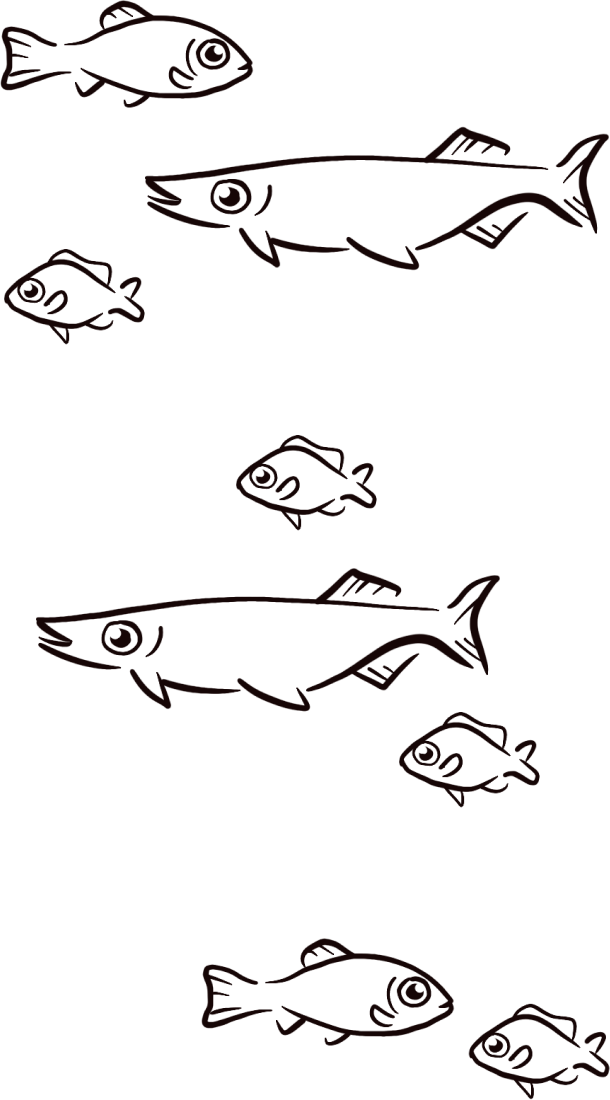Definition
Proximity's straightforward definition is “nearness in space”, in other words, the space between different elements on a page and how closely or distantly they are placed in relation to each other. In design, elements that are grouped closely with each other are perceived to be related, while elements that are placed further away apart appear disconnected. In essence, the role of proximity is to help establish a relationship between elements, making it clear which content belongs together and which does not.


Application
In design proximity is applied through what is known as “white space”. White space is the space between different elements on a page, it makes the page less crowded, easier to read and more even, reducing the likelihood of overwhelming the user with too much information at once. This allows for designers to create breathing room between important sections of content. For instance, separating a navigation bar from the main content ensures clarity and makes it easier for users to differentiate between two. Similarly, we can see how grouping up product information and a call-to-action button helps guide the user to the next logical step.
Examples of Good Proximity


Examples of Bad Proximity

